In the world of action games, where split-second decisions and precise movements dictate success or failure, the subtle nuances of collision detection can make or break the player experience. While flashy graphics and intricate storylines often steal the spotlight, veteran developers know that the invisible dance between hitboxes and hurtboxes forms the backbone of satisfying gameplay. The optimization of these systems represents one of gaming's most challenging yet rewarding technical pursuits.
Modern action titles demand collision systems that operate with surgical precision while maintaining buttery smooth performance. This balancing act requires developers to think beyond simple binary "hit/miss" calculations. The difference between a good action game and a great one often lies in how the collision system interprets near-misses, glancing blows, and environmental interactions. When tuned correctly, these systems create an almost telepathic connection between player input and on-screen action.
The Weight of Virtual Steel
Weapon swings in action games demonstrate collision optimization's importance most clearly. A poorly implemented sword collision system might register hits based purely on animation timelines, creating a disconnect between what players see and what the game calculates. Modern approaches use dynamic collision volumes that morph with animations, taking into account not just whether an attack connected, but where and how it connected.
This spatial awareness allows for more nuanced combat feedback. A blade's tip might deliver less damage than a solid mid-blade strike, while a clumsy hilt bash could stagger rather than slice. These gradations, all born from collision optimization, transform robotic combat into something approaching virtual swordsmanship. The system's ability to track multiple potential contact points across a weapon's arc separates shallow button-mashers from deep, rewarding combat systems.
Environmental Storytelling Through Collision
Beyond character combat, environmental collision plays an equally vital role in crafting believable worlds. Optimized systems allow for complex interactions where a sword doesn't just stop at a wall but produces appropriate sparks, notches the surface, or gets momentarily stuck based on angle and force. These micro-interactions, often processed in milliseconds, sell the physicality of the game world.
Developers now implement multi-layered collision systems where different materials produce distinct reactions. A sword slash might glance off stone but bite deep into wood, with the collision system determining not just contact but subsequent behavior. This material awareness extends to character movement as well - footsteps produce appropriate sounds and particles based on surface type, while slopes and uneven terrain affect mobility in believable ways.
The Frame-Perfect Dance
Competitive action games push collision systems to their absolute limits. In fighting games where single-frame advantages decide matches, collision optimization becomes a science of predictive calculations and minimal latency. Modern netcode solutions like rollback rely heavily on efficient collision detection that can rapidly rewind and replay game states without visual hiccups.
This technical precision enables the "feel" that separates arcade classics from their imitators. When a perfectly timed parry connects or a pixel-perfect dodge avoids disaster, players experience that electric moment of mastery. These instances don't emerge by accident - they result from painstaking tuning of collision active frames, hurtbox activation timing, and system responsiveness.
Next-Gen Collision: Beyond the Visible
Emerging technologies are pushing collision detection into new frontiers. Machine learning algorithms now assist in predicting collision outcomes before they fully process, reducing latency in complex scenes. Some studios experiment with "soft collision" systems where force and resistance create gradual pushback rather than binary stops, allowing for more organic physical interactions.
Perhaps most excitingly, advanced haptic feedback ties directly into collision systems, letting players feel the difference between scraping armor and biting flesh through controller vibrations. This multisensory approach completes the feedback loop, with optimized collision data driving not just visual outcomes but tactile responses.
The pursuit of perfect collision continues as hardware evolves. What remains constant is the truth that in action games, how things collide matters just as much as what collides. When invisible systems align with visible artistry, that's when virtual worlds stop feeling like simulations and start feeling real.
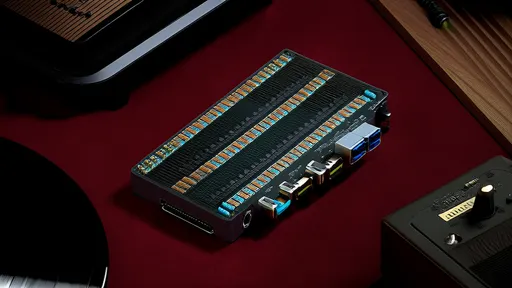
By /Jul 29, 2025

By /Jul 29, 2025
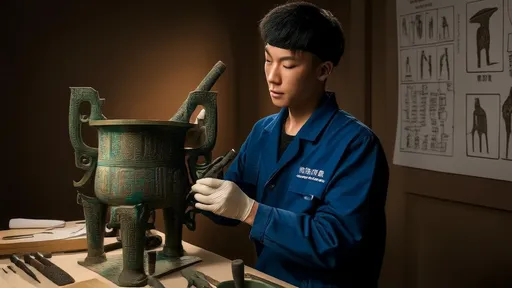
By /Jul 29, 2025
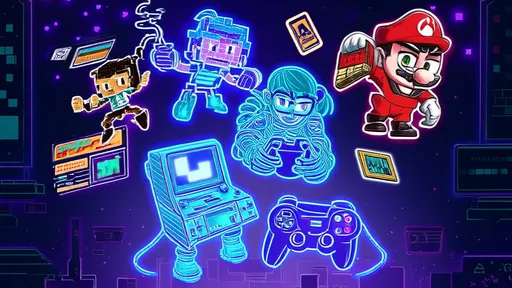
By /Jul 29, 2025
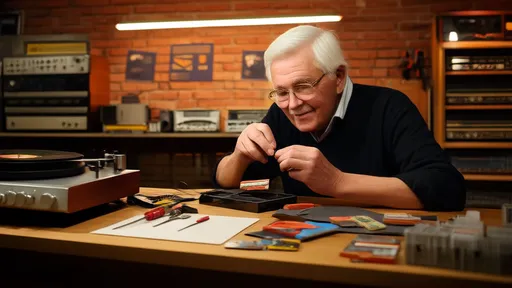
By /Jul 29, 2025
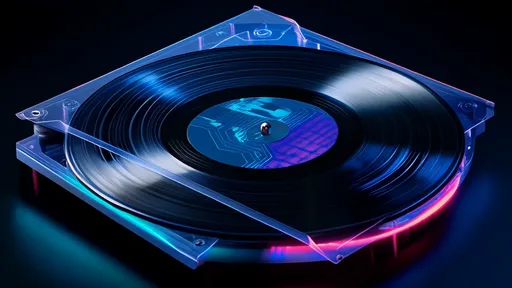
By /Jul 29, 2025

By /Jul 29, 2025

By /Jul 29, 2025

By /Jul 29, 2025

By /Jul 29, 2025

By /Jul 29, 2025

By /Jul 29, 2025

By /Jul 29, 2025

By /Jul 29, 2025

By /Jul 29, 2025
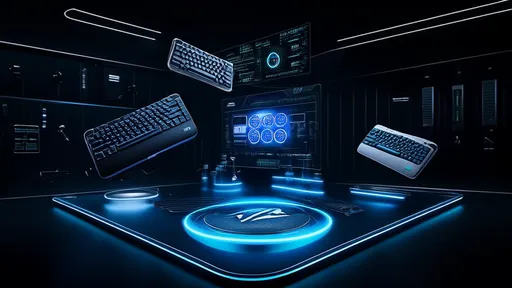
By /Jul 29, 2025
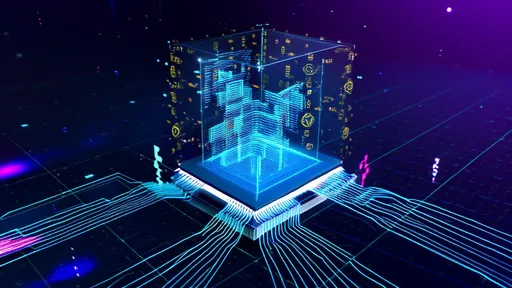
By /Jul 29, 2025
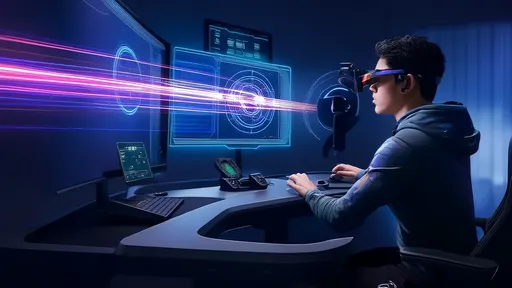
By /Jul 29, 2025
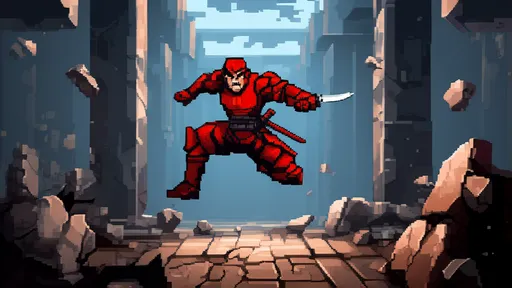
By /Jul 29, 2025
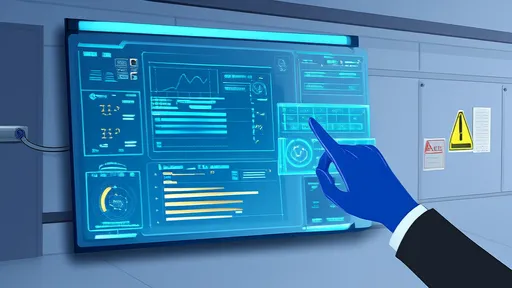
By /Jul 29, 2025